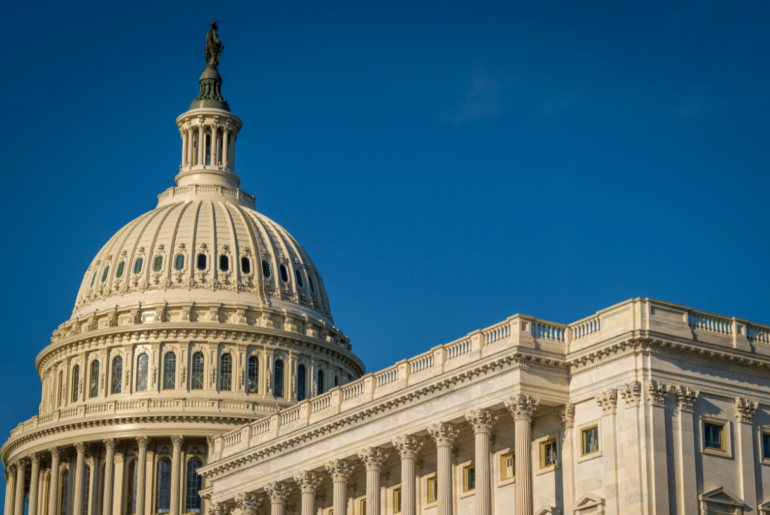After months of debate, President Trump signed his sweeping tax and spending bill into law during the 4th of July holiday. House members approved the bill in a 218 to 214 vote on July 3, after the Senate narrowly approved the bill on July 1 in a 51 to 50 vote that required Vice President JD Vance to break a tie. The nearly 900-page-long bill touches on everything from our national defense, to clean energy, to vital public services for low-income families.
The bill pays for major tax breaks to the wealthiest Americans by cutting essential social benefits that many families need to make ends meet. In fact, the bill institutes the largest cuts to Medicaid and Supplemental Nutrition Assistance Program (SNAP) in history. Medicaid funding will be slashed by $1 trillion, triggering massive losses in health coverage. Nearly 17 million people are forecasted to lose their health insurance because of these changes.
SNAP will be cut by almost $200 billion — taking food assistance away from millions, including parents with children, who have up until now been exempt. These SNAP changes will also jeopardize free school meal access for more than 18 million kids. Taxes will also increase for the bottom 40 percent of Americans while giving more than half the benefits to the wealthiest 5 percent.
Pressure is now on states to prop up programs like SNAP and Medicaid to ensure that their local families will continue to receive the support they need. Many states, however, are not equipped to fund and coordinate services like these on such a massive level, and will be struggling for years to cover the gaps created by the major cuts implemented in the administration’s new spending bill.







